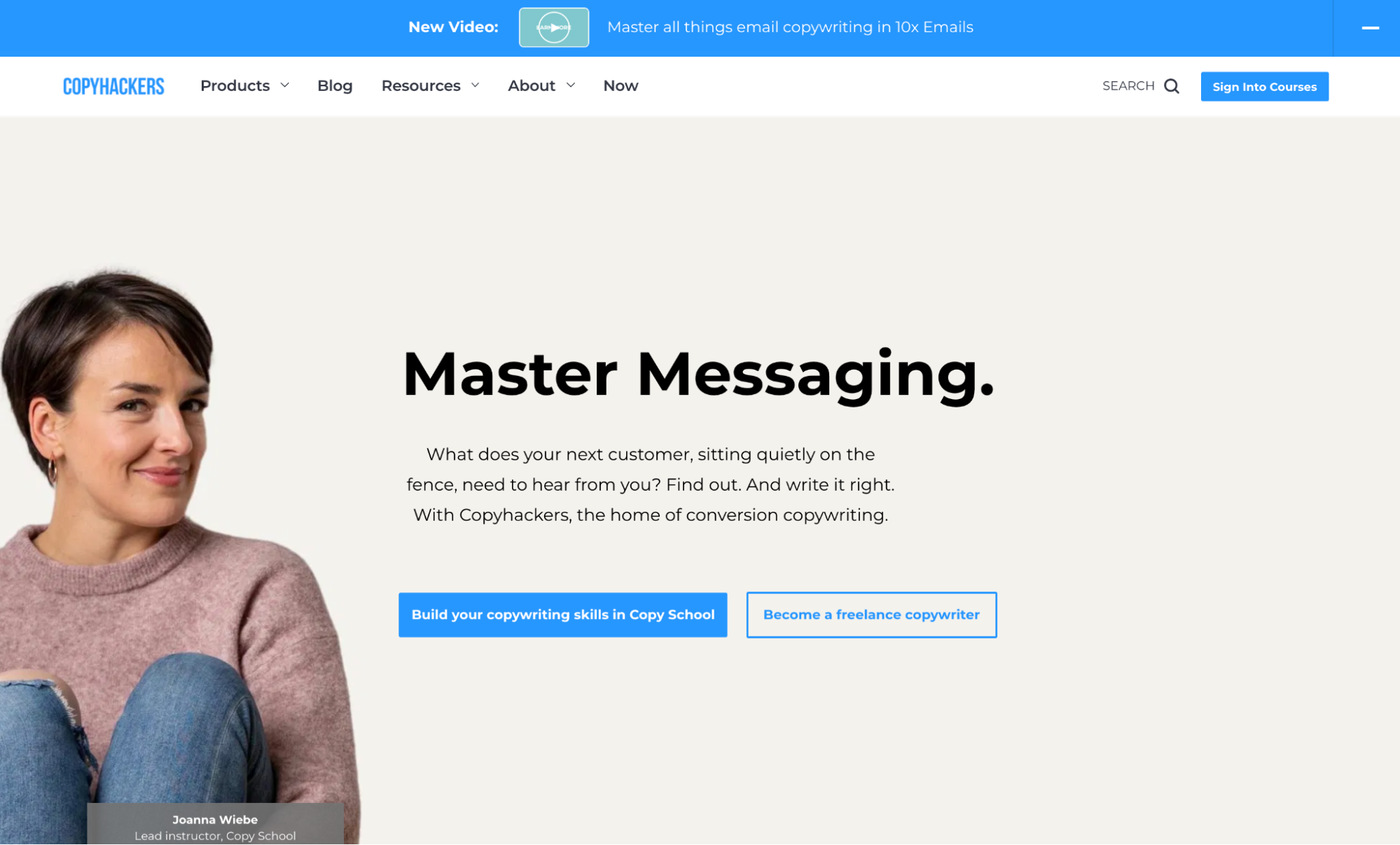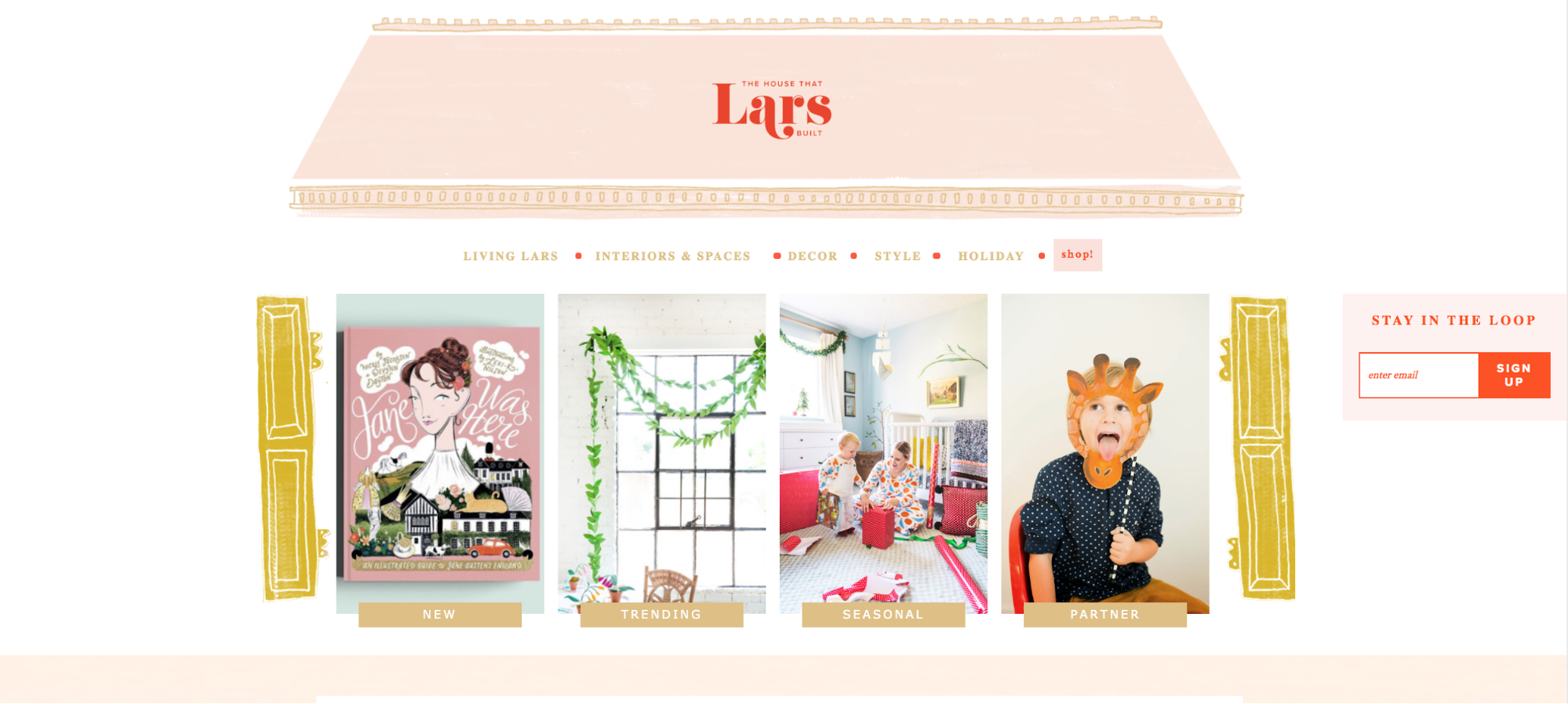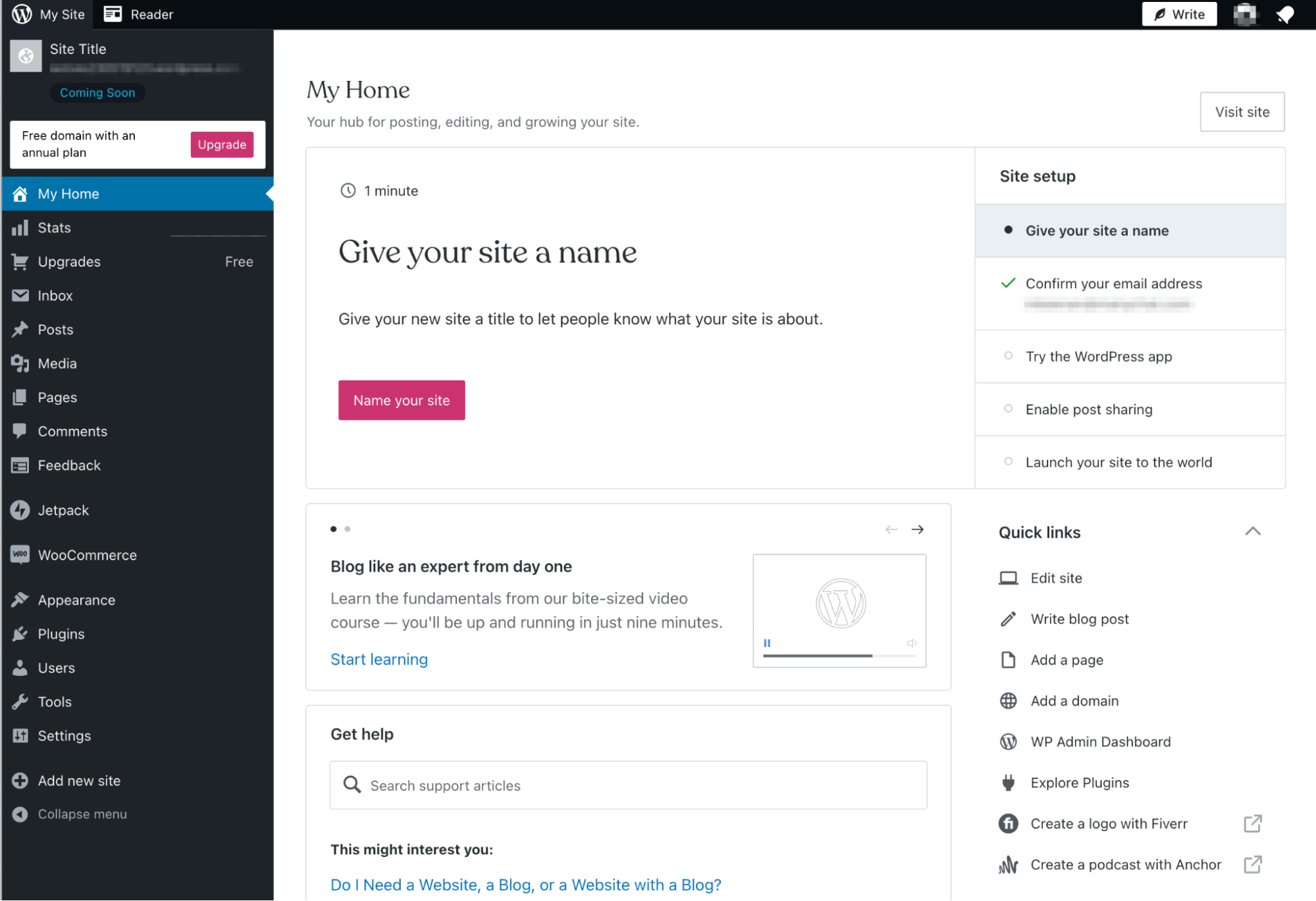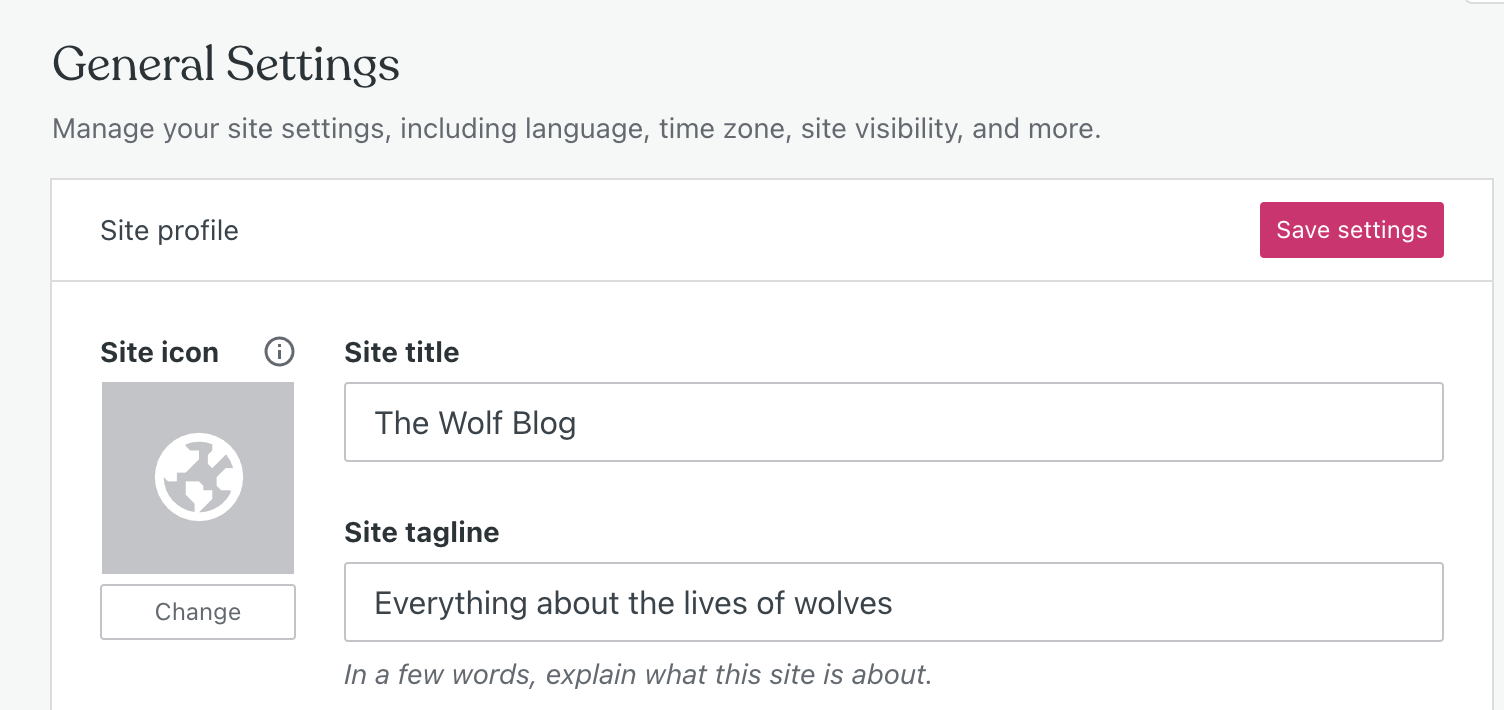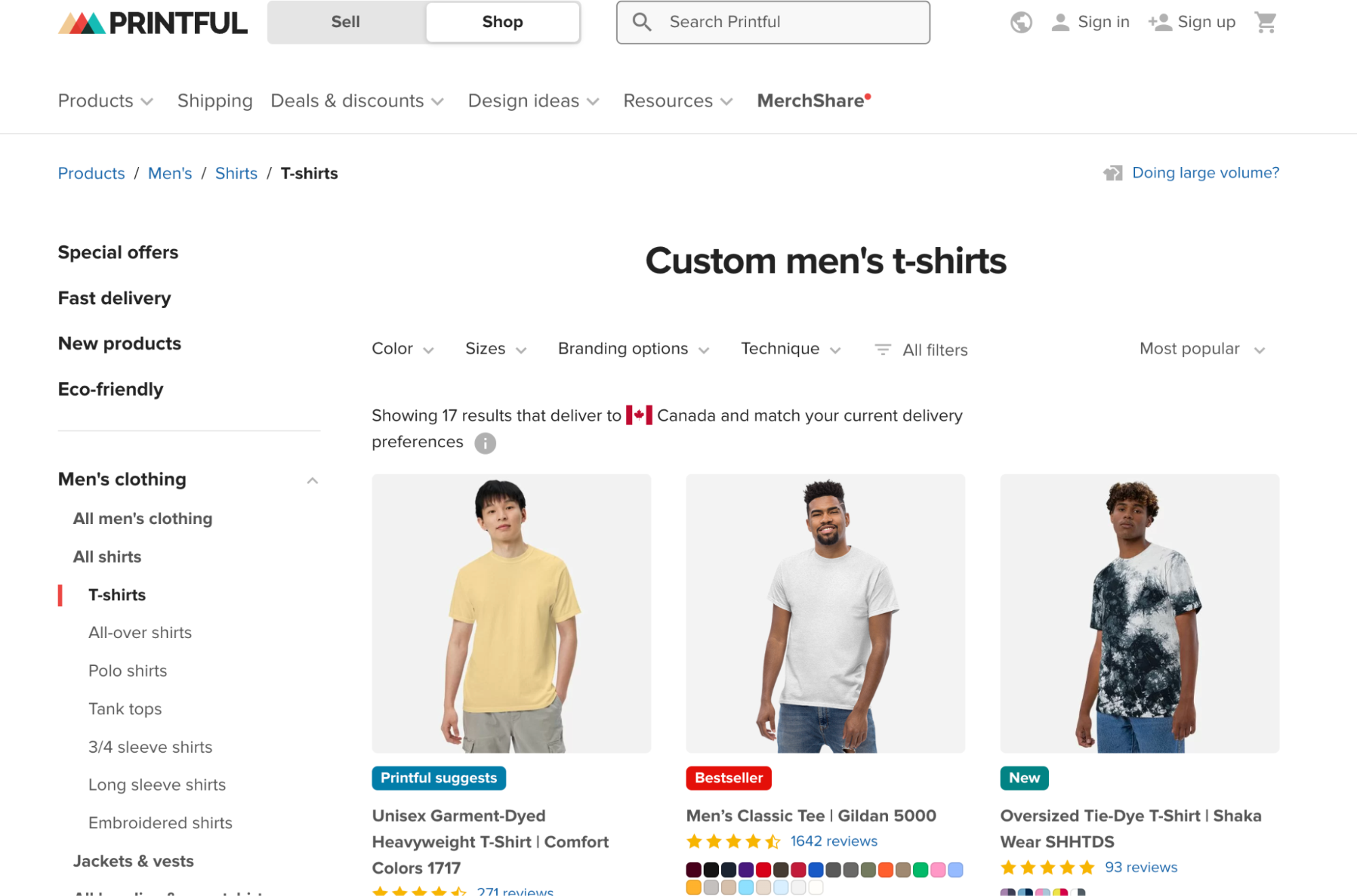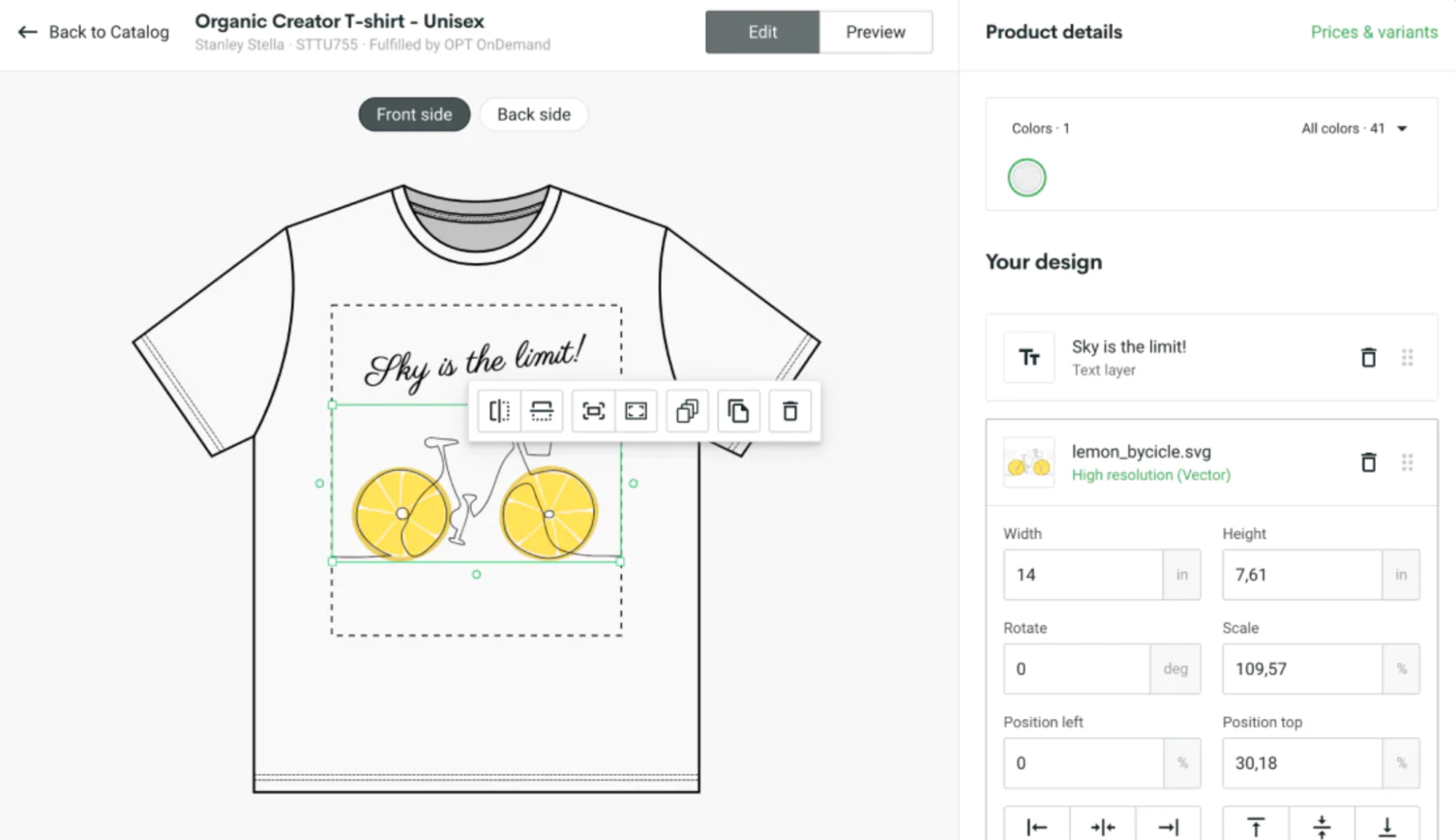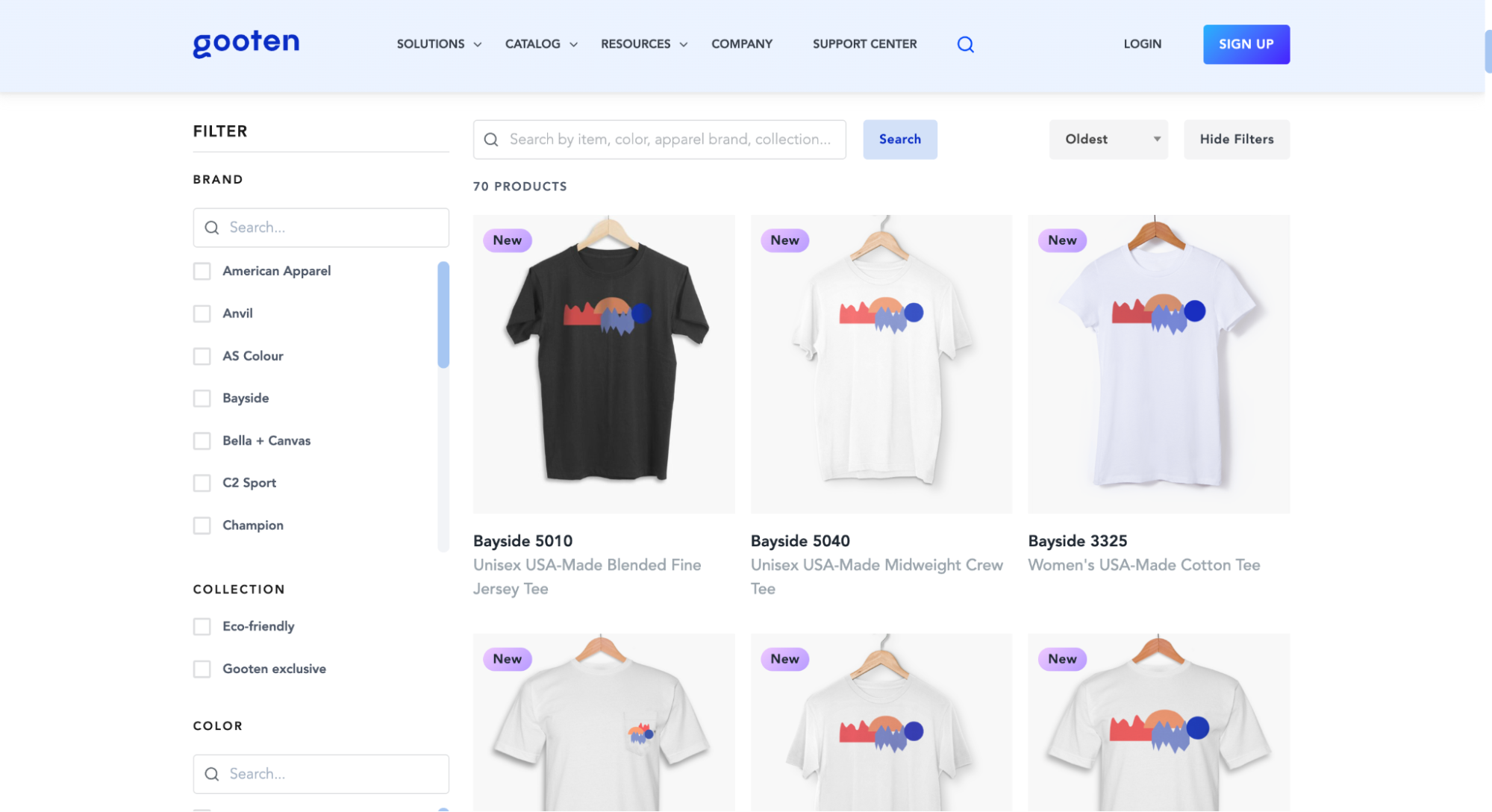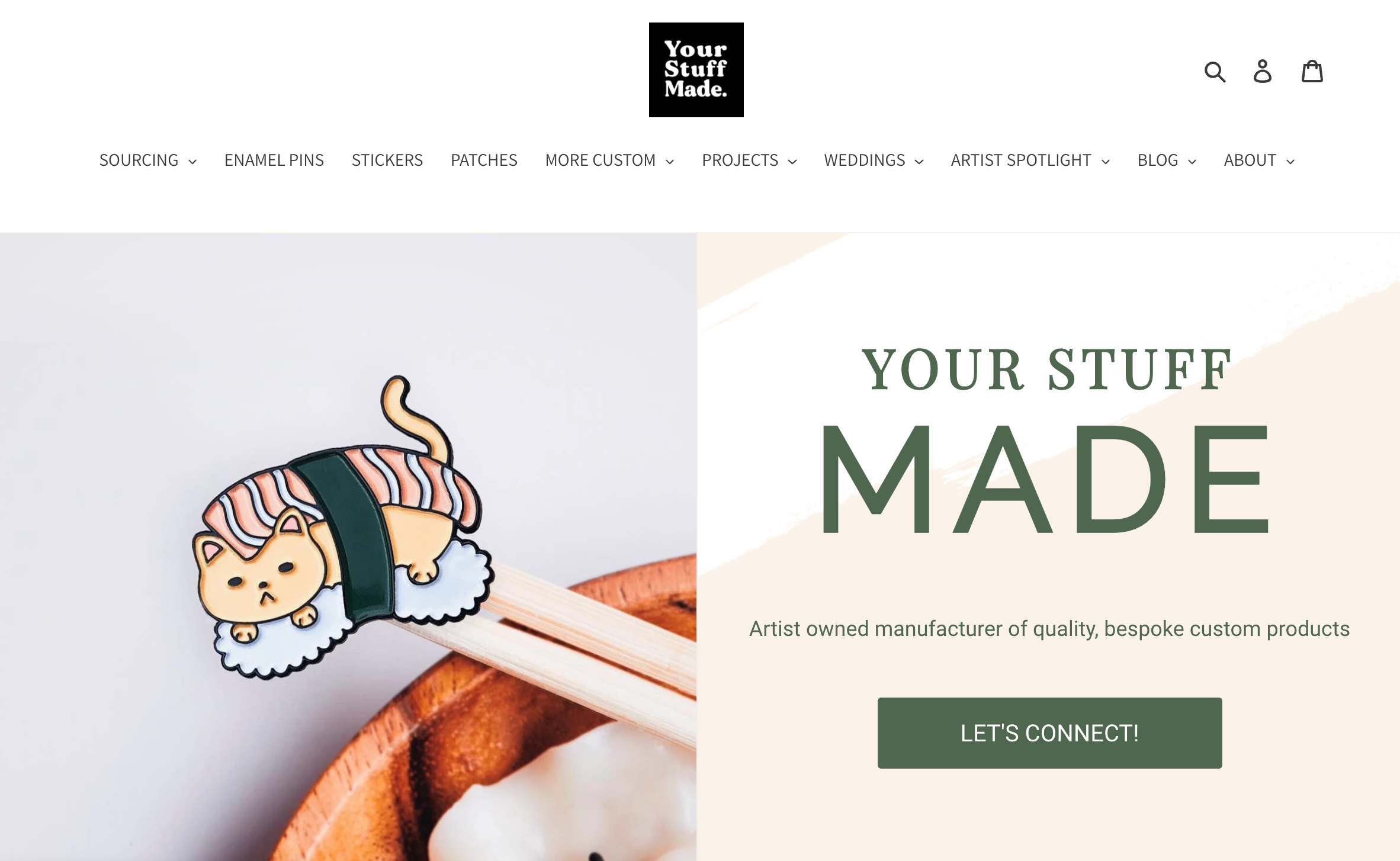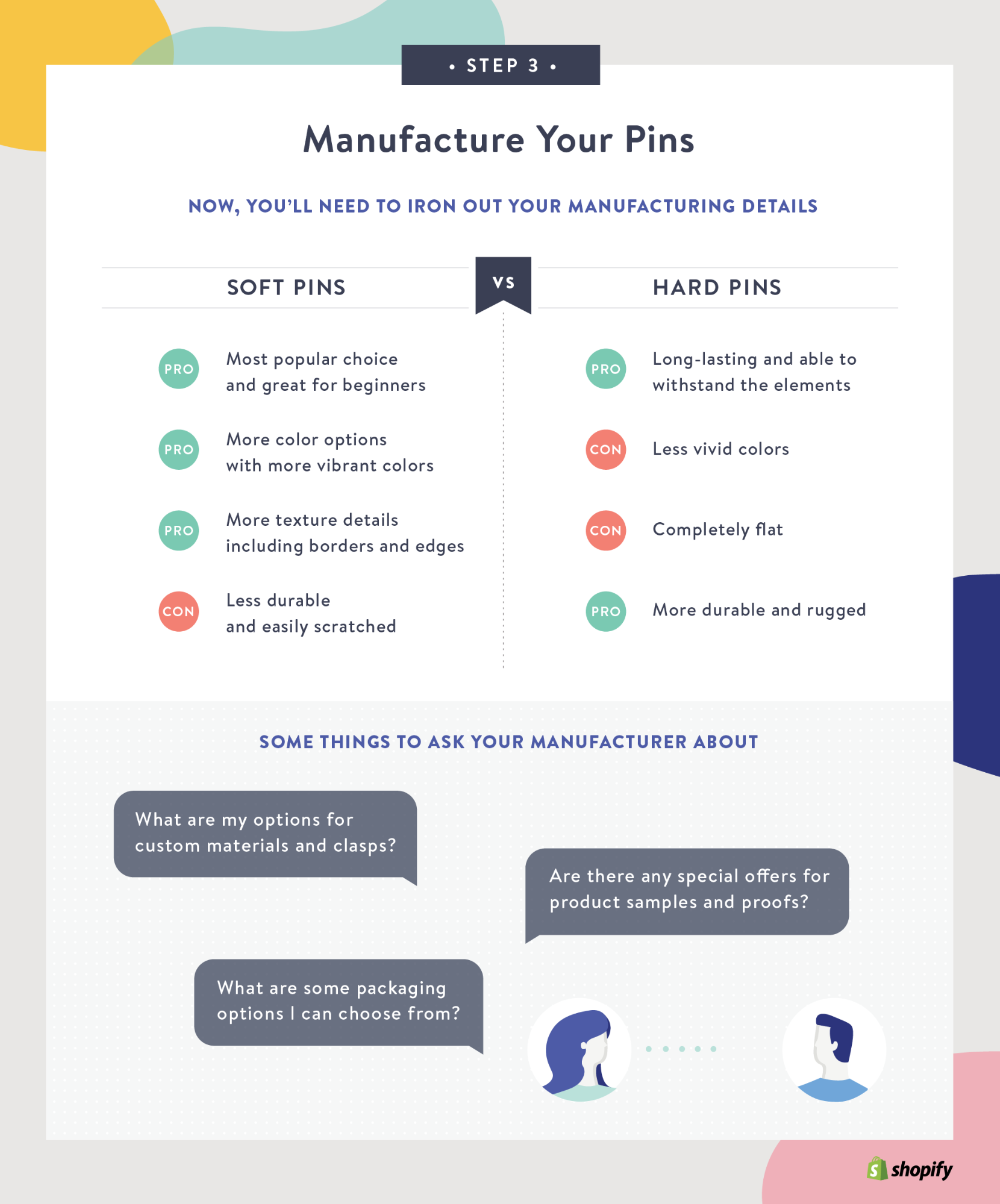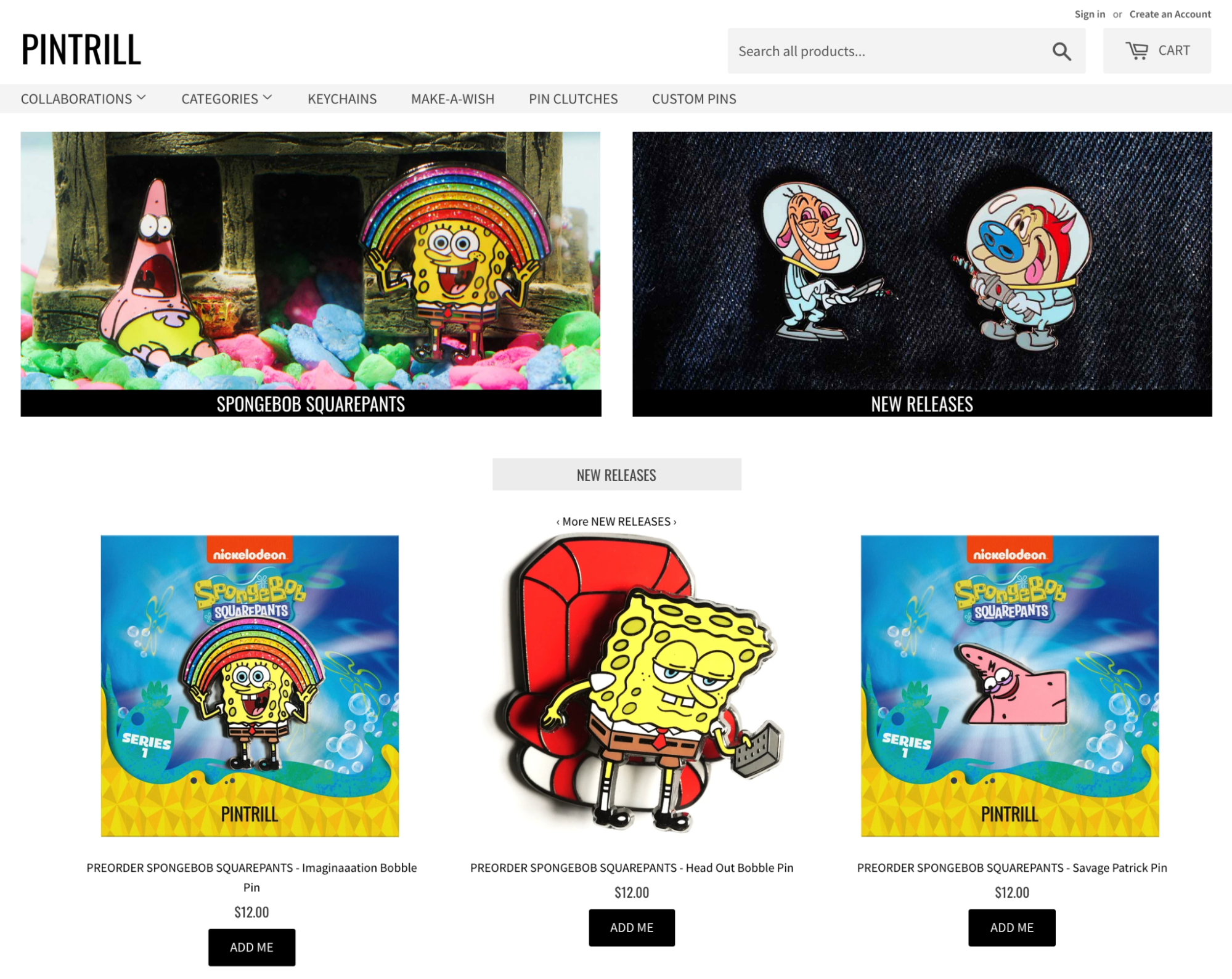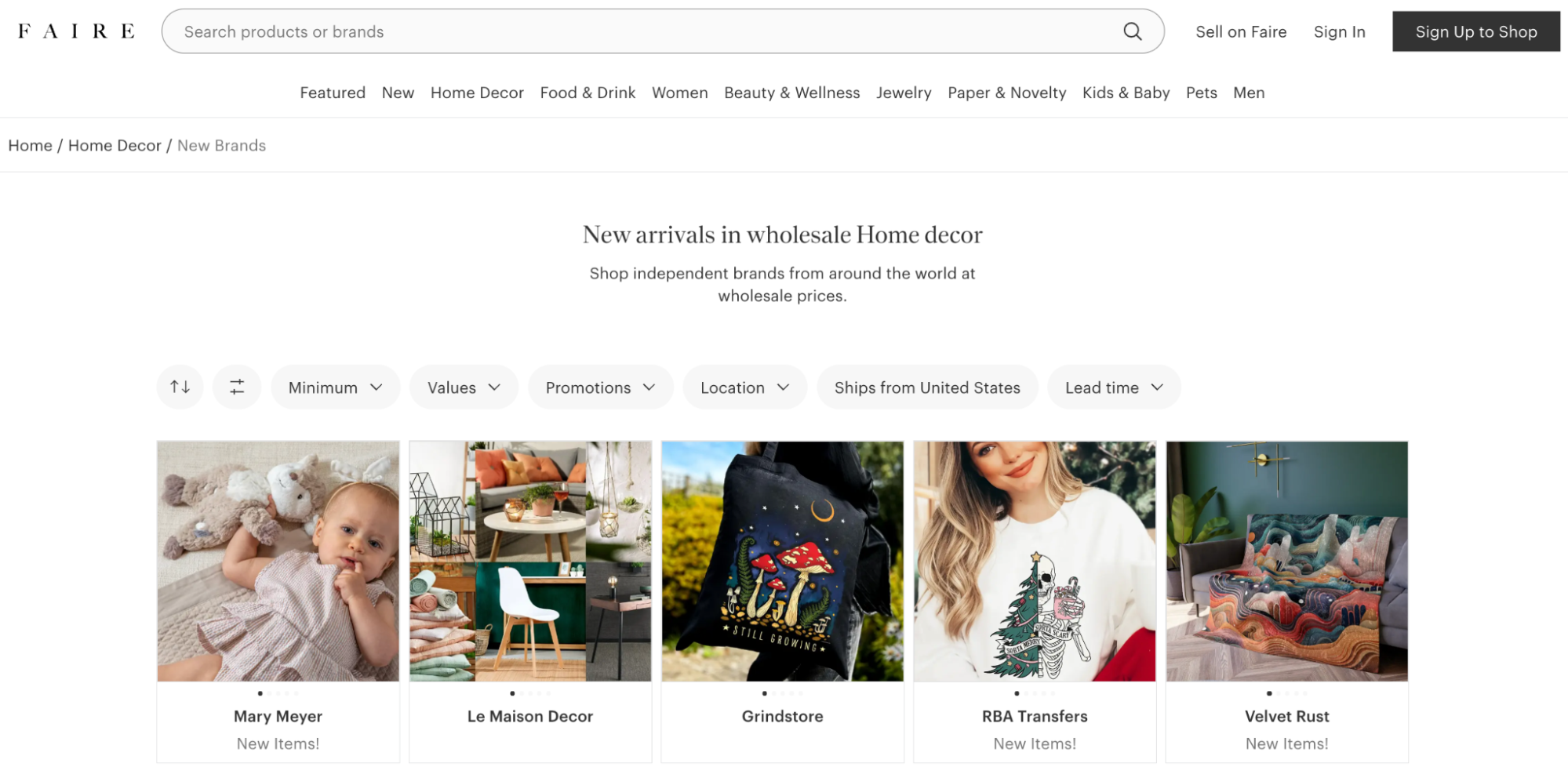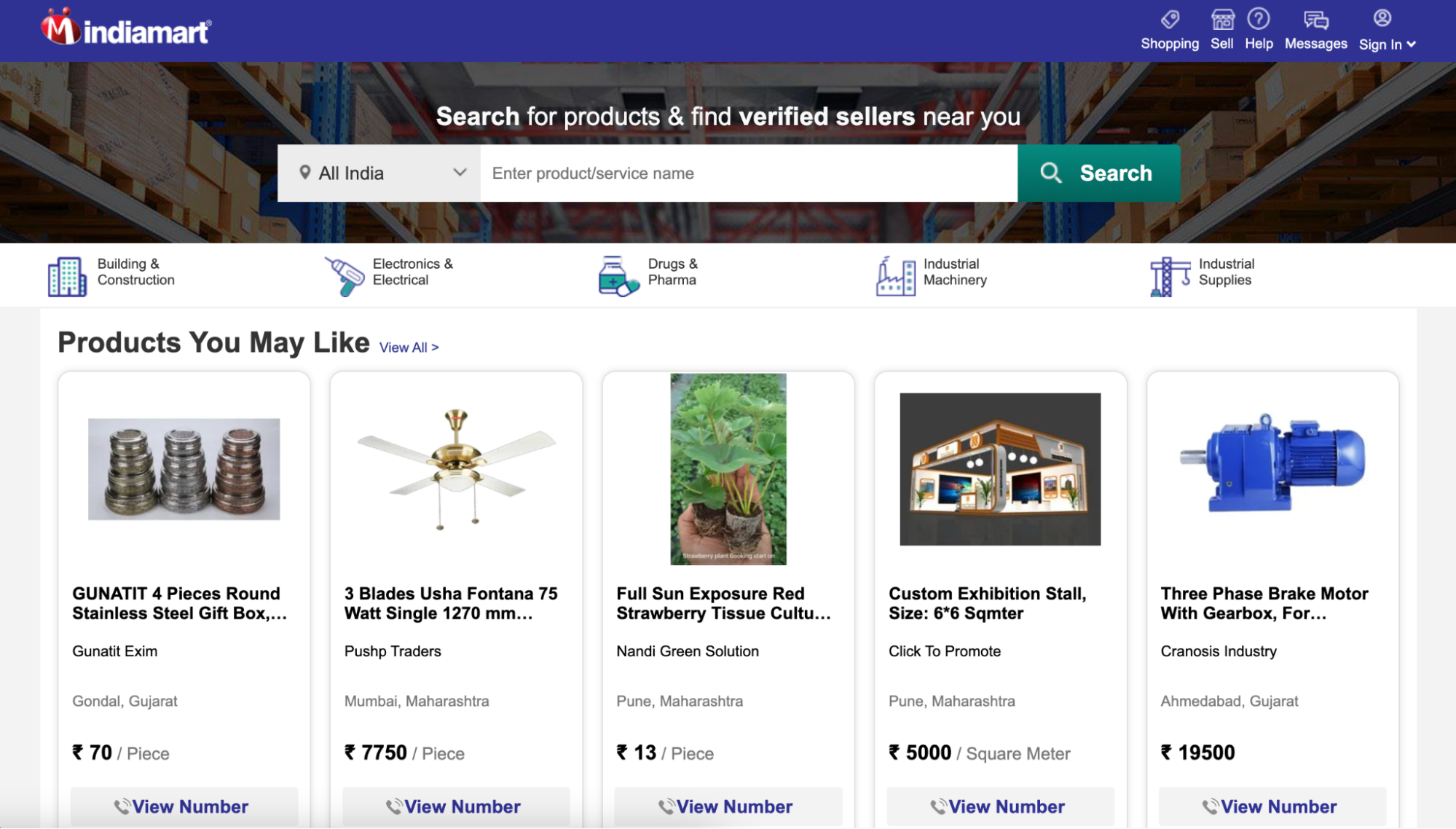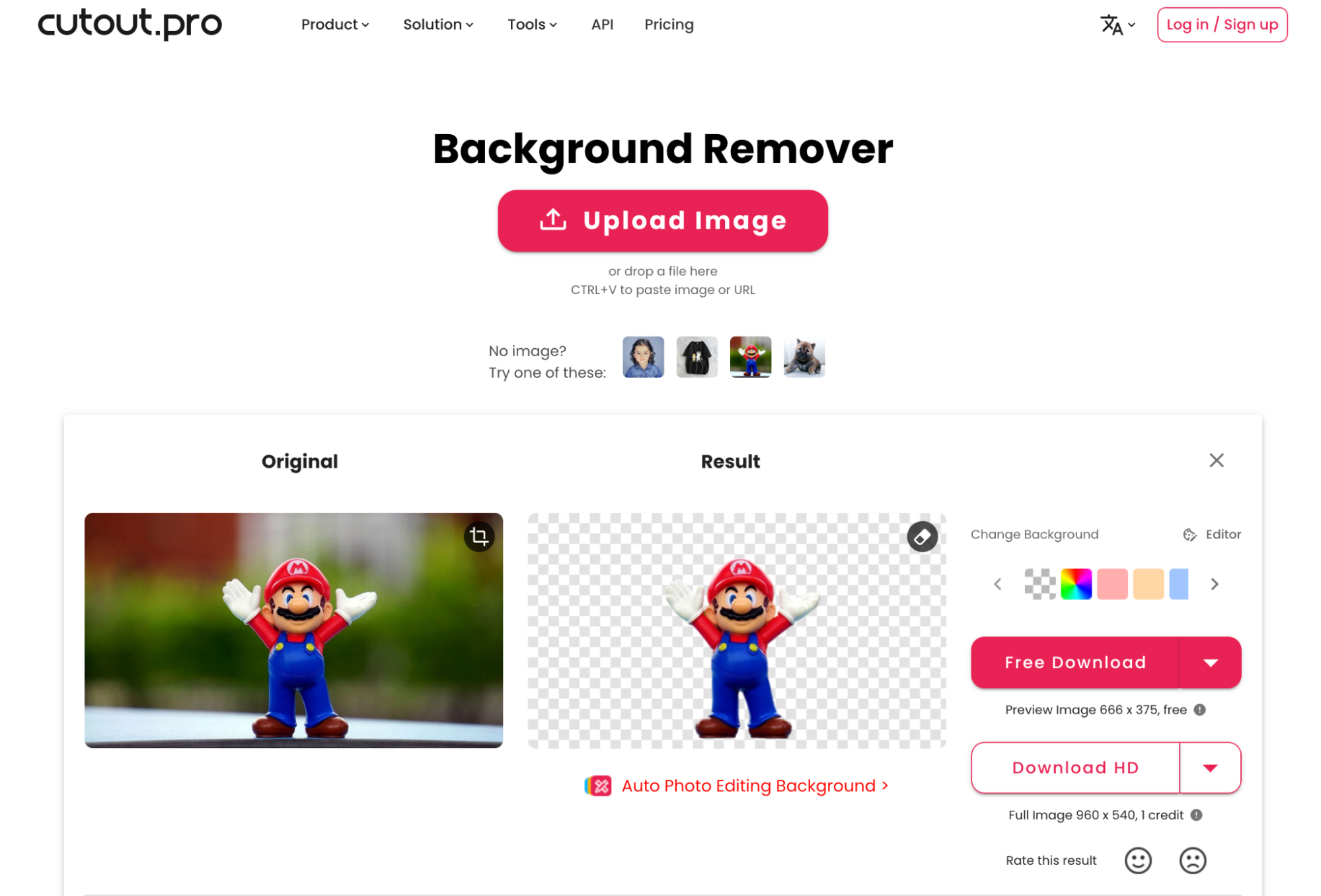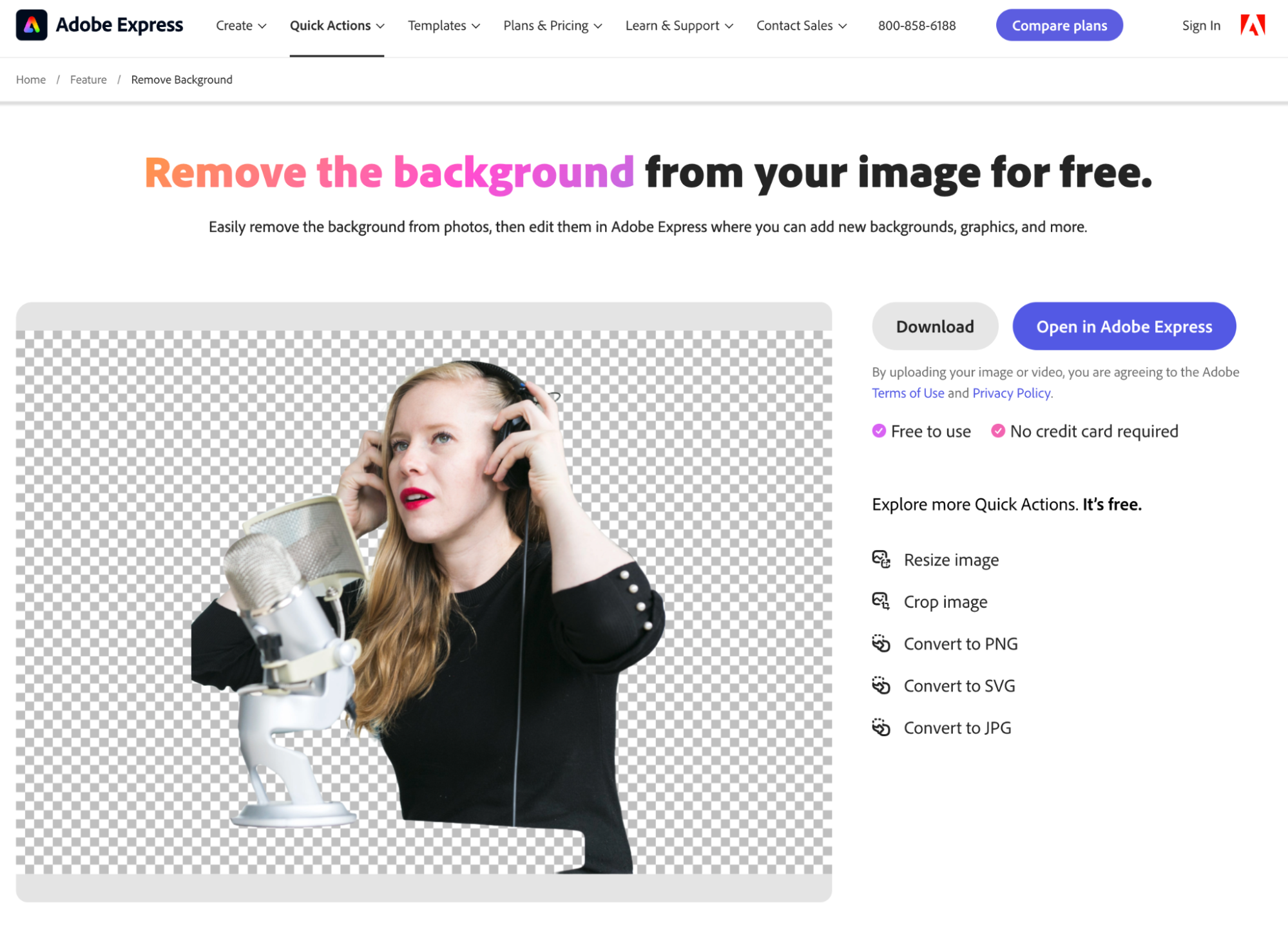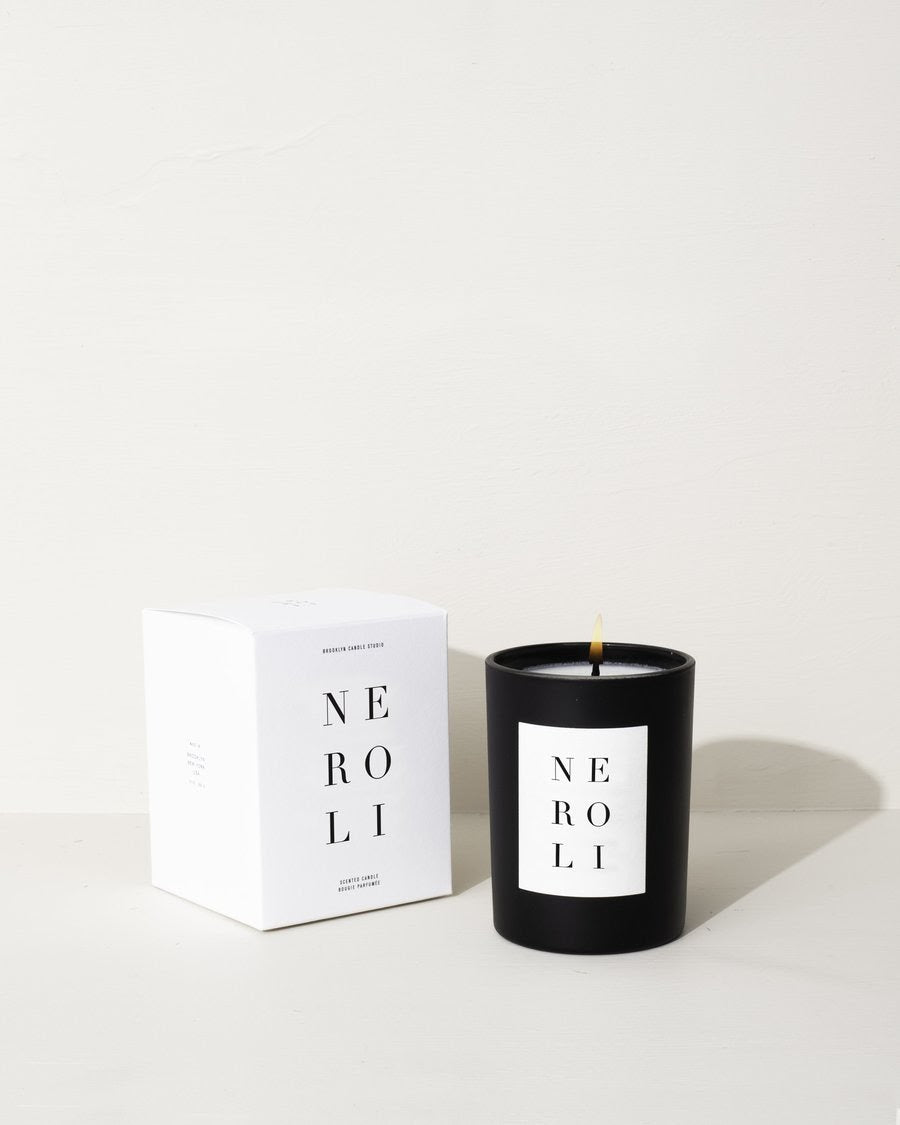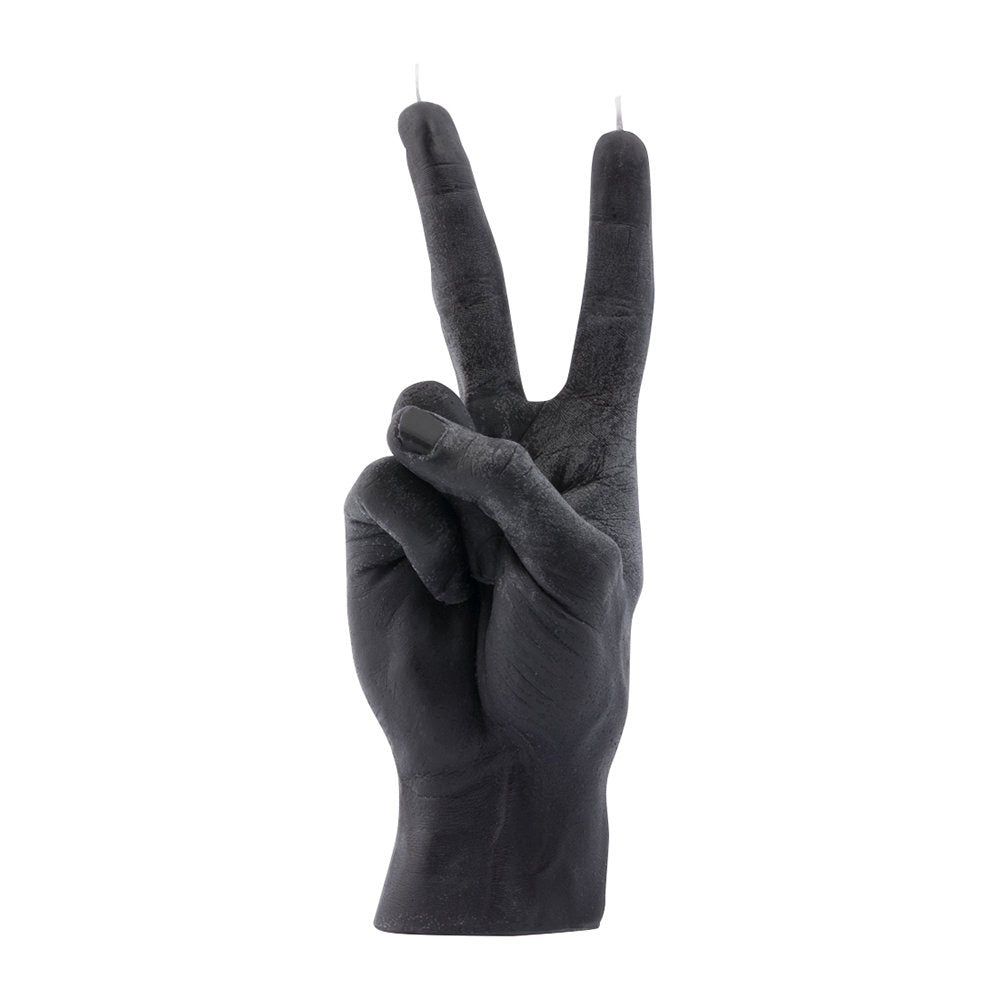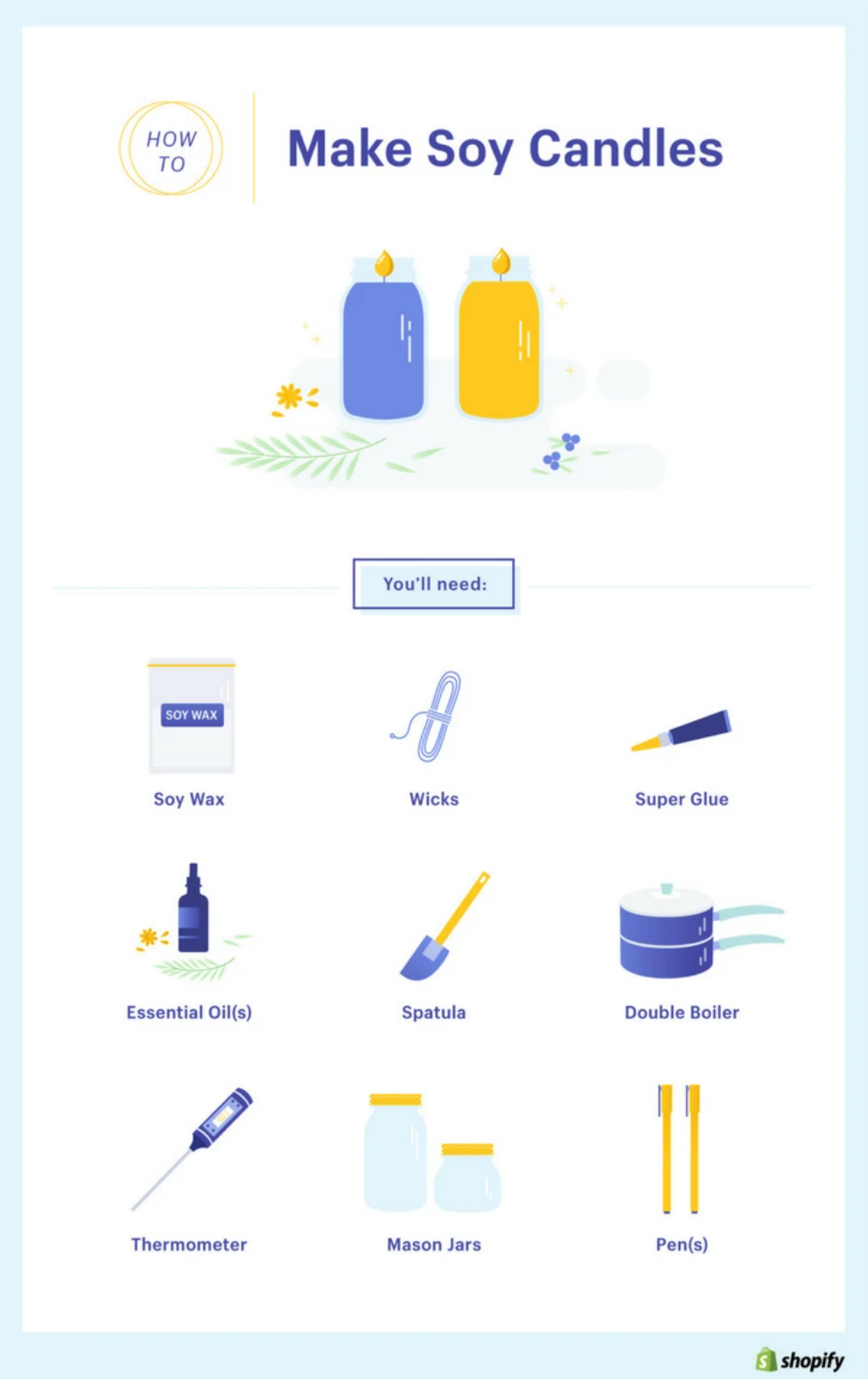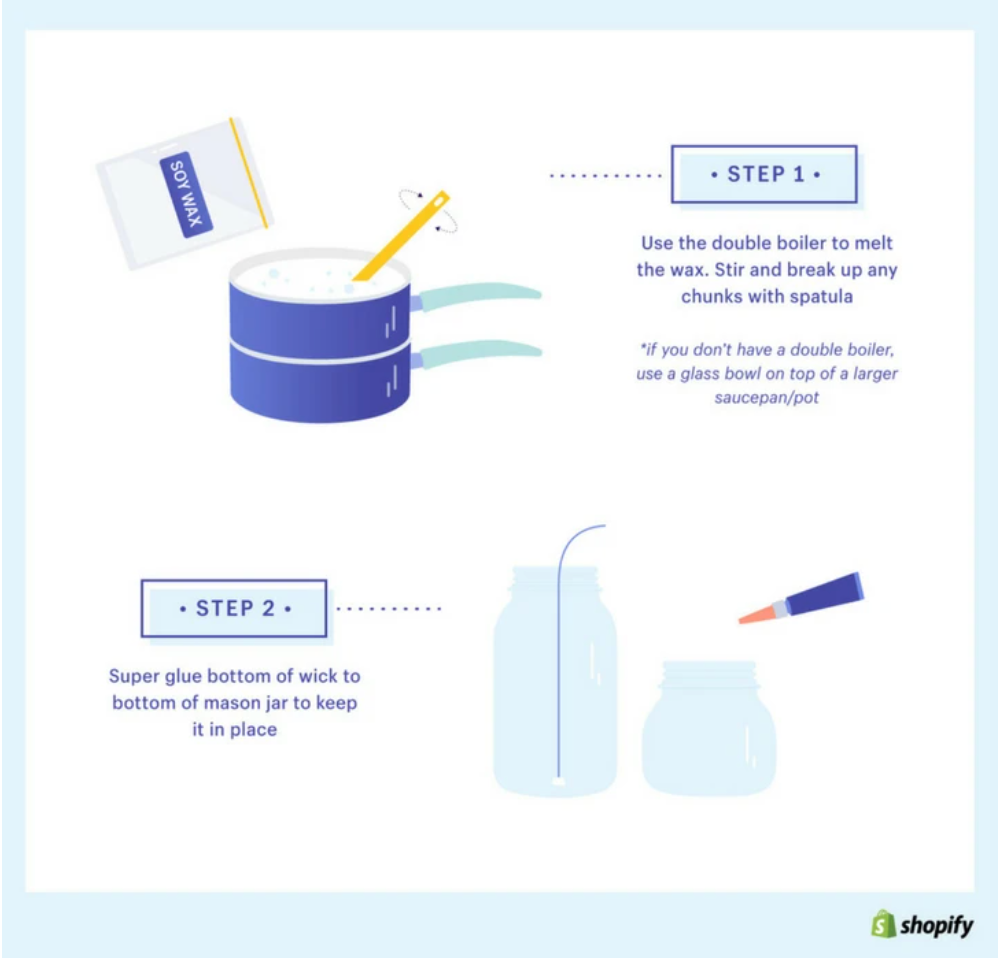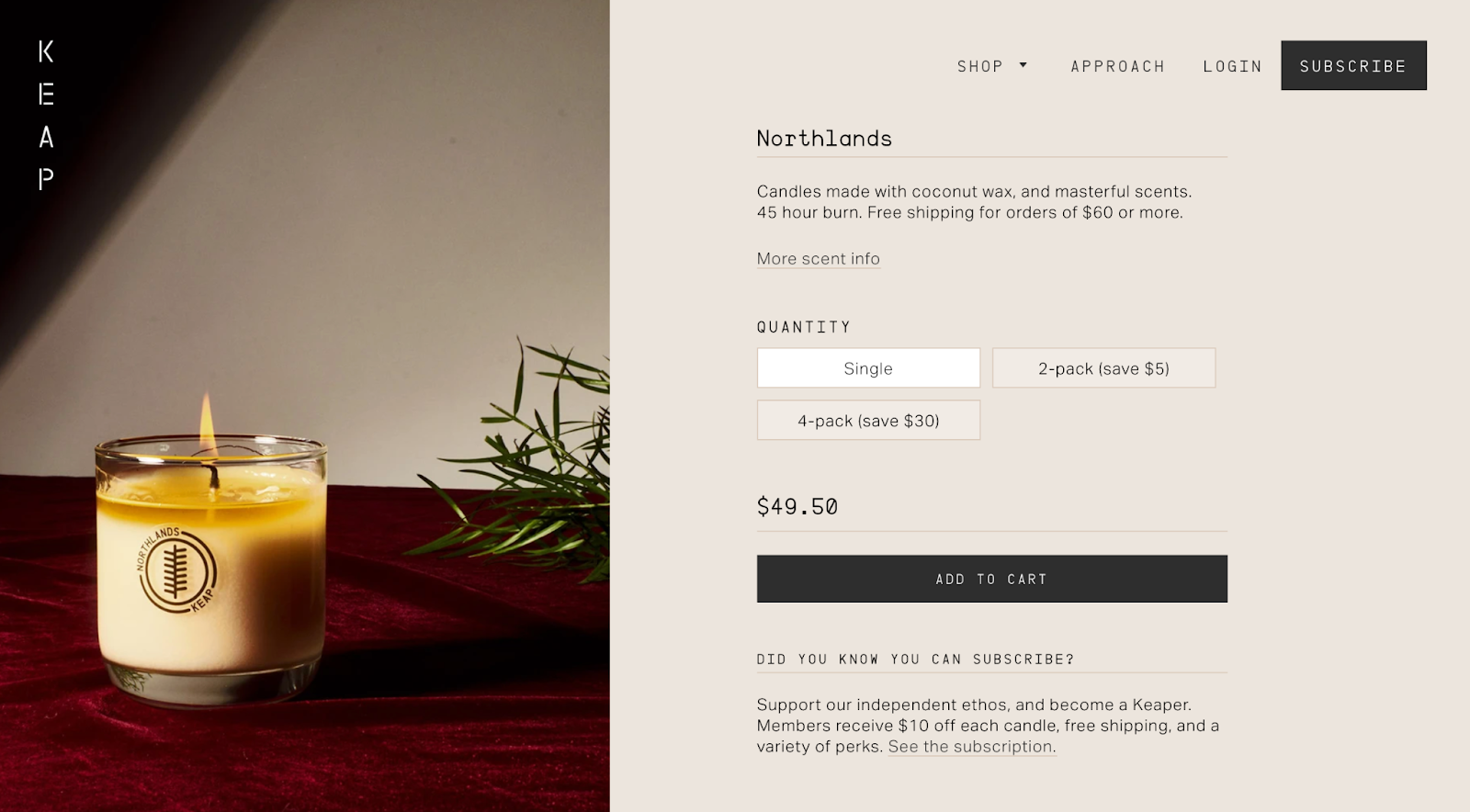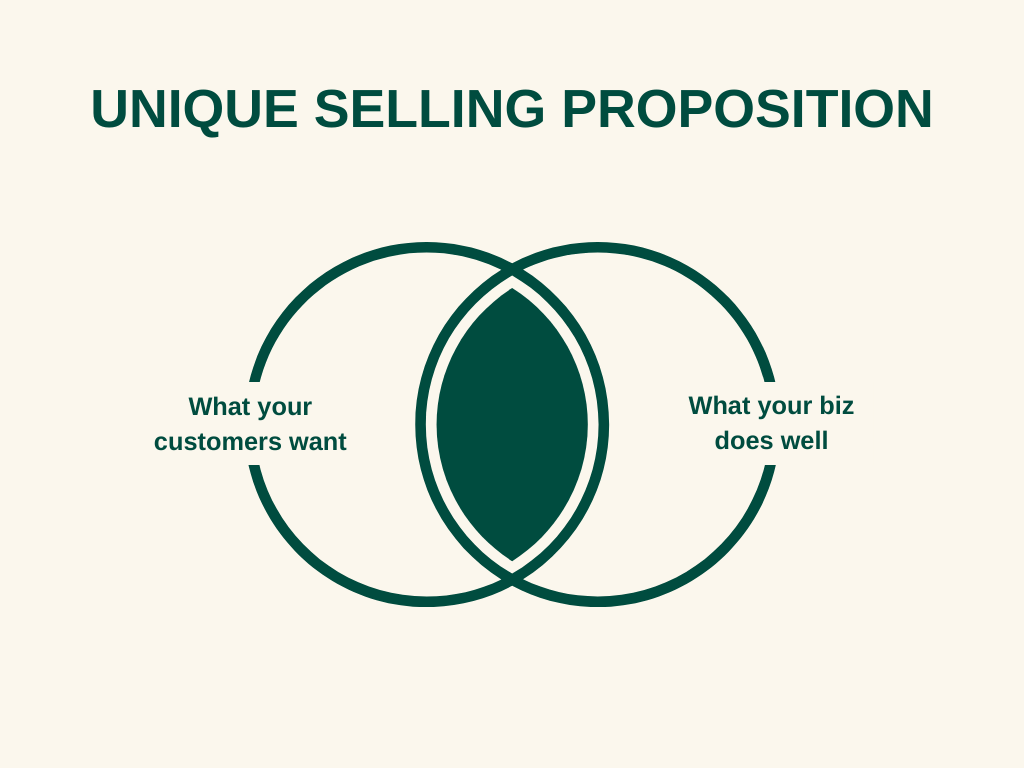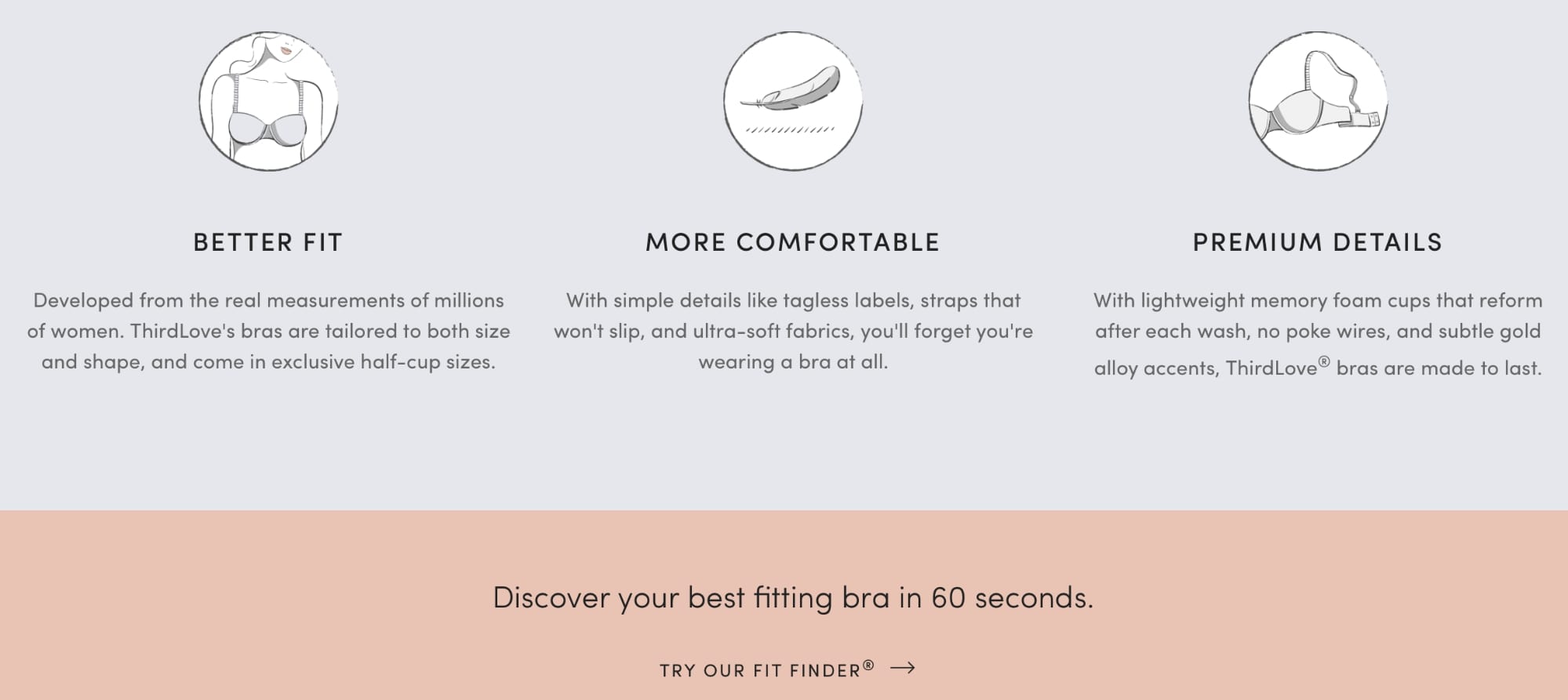Our view at Stack - Shopify has just about everything you need if you're looking to sell online. It excels with unlimited products, user-friendly setup, and 24/7 support. It offers 6,000+ app integrations, abandoned cart recovery, and shipping discounts up to 88%. Plus, it allows selling both online and in-person, scaling as your business grows.

We all set out in our careers hoping to achieve success, but success means different things to different people. Some measure true success in dollars and cents. For others, having a big social impact matters more than financial success. Still other people choose to stay focused on relationships; they would rather spend time with family members than let a job dominate their daily life.
No matter the objective, what most successful people have in common is self-awareness and self-discipline. They define success on their own terms, and they set clear and specific goals. Here are some essential tips for how to be successful in your own life.
Tips for success
Set clear goals
Personal and professional growth starts with goal-setting. Define specific, measurable, and realistic objectives to guide your efforts and measure progress. Rather than say you want a career in ecommerce, be more specific. You can say, for instance, that you want to succeed at starting an ecommerce clothing brand and selling items on Instagram.
Develop a growth mindset
Finding ways to keep pushing forward will spur your professional growth. Having a growth mindset means working hard to embrace challenges, learn from failures, and persist in the face of obstacles. Not only will fostering this mix of persistence and creativity contribute to career success, but it will also enhance your personal development.
Cultivate self-discipline
Long-term success comes from establishing routines and sticking to them. Take note of how you’re spending time during your workday and observe where you’re struggling to stay focused or complete tasks. Then use a technique known as temptation bundling, or pairing a reward with an activity you don’t enjoy (such as listening to your favorite podcast while doing dishes), to stick with your routine.
If you find incentives to stay committed to your professional and personal goals, you’re more likely to enjoy long stretches of productivity.
Take initiative
Highly successful people don’t wait around for opportunities to come to them. They seek them out. They also take on new responsibilities when supervisors offer them and join committees or task forces to meet new people and learn new skills. Accepting new challenges can boost your self-confidence and turbocharge your personal growth.
Build strong relationships
Strong relationships are an essential part of success in life. When you foster meaningful connections with colleagues, mentors, and peers, you cultivate a substantive network of positive people. This network can help you develop valuable skills, and they can provide emotional support when negative thoughts creep into your head. In turn, you can also help your peers achieve success, which will bring a sense of pride and satisfaction.
Establish effective communication
Strong communication can boost your social skills and improve interactions with colleagues. To practice active listening, articulate your ideas, and adapt your communication style to elicit positive engagement and influence. Your colleagues will appreciate you paying attention when they speak, and may reciprocate when you’re the one talking.
Prioritize personal health
Your physical and mental health go a long way toward fostering success. A healthy mind starts with rest, so get enough sleep, if possible. Exercise and eat healthy foods, both of which can give you more energy and make it easier to focus. Health isn’t the silver bullet for success—there’s no getting around hard work—but it can help you avoid burnout and remain motivated.
Embrace continuous learning
Whether you’re employed or looking for what’s next, you can advance your professional journey by learning new skills. Stay curious, seek knowledge in diverse areas, and invest in ongoing education and skill development. By venturing outside your comfort zone, you’ll be future-proofed for whatever may happen at your workplace and in the broader job market.
Be adaptable
A positive attitude goes a long way toward career progress. If a supervisor or a client forces you to embrace change, try viewing it as an opportunity rather than a burden. You can seize the situation if you stay positive, remain flexible, and proactively adjust your strategies and approaches to face challenges that change may pose.
Foster resilience
No one gets to have an idyllic career path free from hardship or stress. There will be times when you feel disconnected or overwhelmed by challenges. You can prepare for these moments by developing coping mechanisms that will help you recover from setbacks with resilience and renewed motivation. You may wish to read motivational quotes or work with a life coach who helps professionals overcome obstacles and be successful in life.
Devote time to yourself
If you treat life like one big rat race, you’ll risk burnout. Workaholics may not realize that one way to feel motivated over the long haul is to give yourself breaks and chances to pursue a personal life. Set aside time to clock out from work and engage in activities that recharge you. Keep up with friendships that have no relationship to your work life. When you devote time to these rejuvenating activities, your work output will improve.
Seek feedback
Solicit constructive feedback from peers, mentors, and supervisors to gain valuable insights. Ask for help and advice. Perhaps you want tips on how to stay organized or avoid distractions. Perhaps you need advice on getting promoted or amassing startup capital for your own business. Asking for feedback and advice may bolster existing relationships.
Be proactive in solving problems
When problems come up at work, dive right into solving them. Stay disciplined, communicative, and respectful of the roles that others will play in wiping out problematic issues. Better yet, if you can anticipate potential challenges, you can stop them before they become too big, keeping operations flowing.
Celebrate your achievements
Whether you broke a sales record or just answered every email in your inbox, give yourself space to acknowledge milestones and celebrate progress along the way. You’ll have a lot of these celebrations if you set achievable goals and work hard to reach or exceed them.
Stay committed to your long-term goals
Your long-term goals are unique to you. Perhaps you aspire to be the CEO of your current organization. Perhaps you want to make enough money to start a business of your own. No matter what life throws at you, remain dedicated to your vision, stay true to your values, and persevere with determination and passion.
How to be successful FAQ
How do I learn to be successful?
A lot of elements go into success. To achieve it, you must set clear goals, stay organized, seek knowledge and feedback, and adapt to challenges with resilience and determination.
What is the fastest way to become successful?
The fastest way to become successful is by combining focused effort and strategic networking, and seizing opportunities with resilience and adaptability.
What is the key to being successful?
The key to being successful lies in perseverance, continuous learning, and maintaining a growth mindset amid challenges and setbacks.
If Shopify is of interest and you'd like more information, please do make contact or take a look in more detail here.
Credit: Original article published here.










